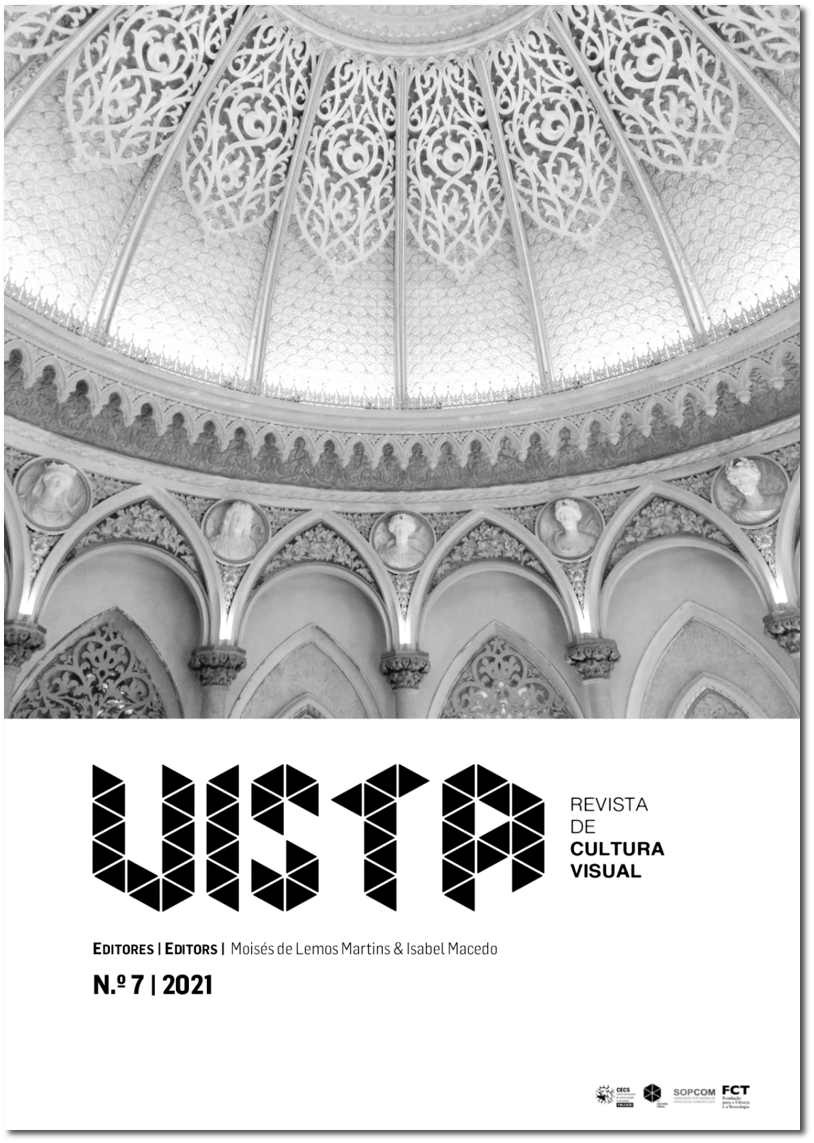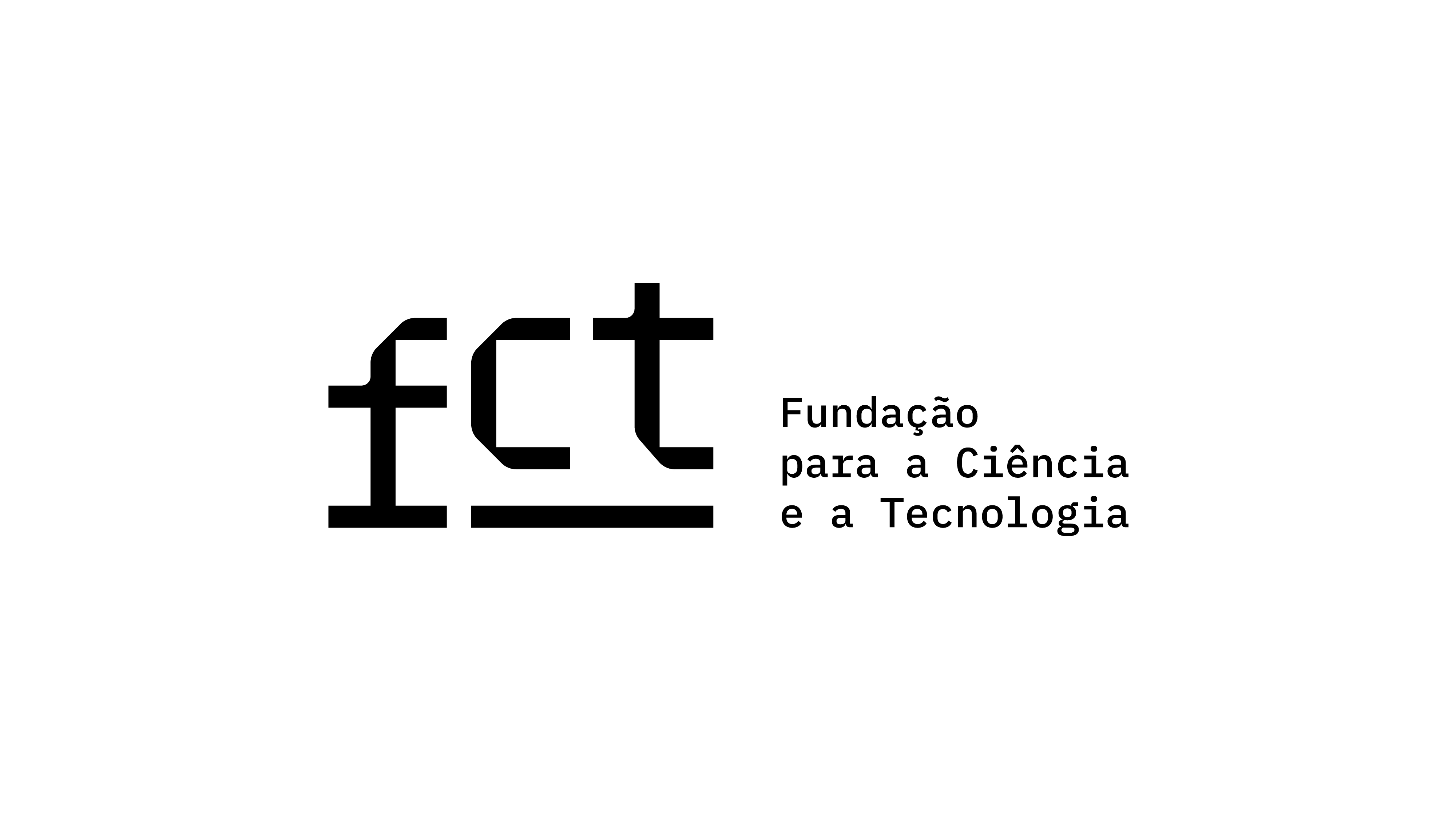Screenology: the visual dimensions of experience
DOI:
https://doi.org/10.21814/vista.3361Keywords:
screen, imaginary, images, visual culture, mediologyAbstract
Our social existence is increasingly contaminated by relations with images and the presence of the screen. From the perspective of understanding the spirit of the times, we can therefore highlight the construction of a vision of the world expressed by images and screens that form a particular dimension of the experience. How then do images and screens structure our social imaginary? What are the forms of the experiences of everyday life? Questions that will lead us to reflect on an existence in which seeing becomes a central action of the current social world through the perspective of screenology as an effect and condition of a technological and media environment in which screens must be thought of as inhabited surfaces.
Downloads
References
Barthes, R. (1980). La chambre claire. Note sur la photographie. Seuil.
Benjamin, W. (1936/2003). L’œuvre d’art à l’époque de sa reproductibilité technique. Allia.
Berger, P., & Luckmann, T. (1966). The social construction of reality. A treatise in the sociology of knowledge. Méridiens-Klincksieck.
Berkeley, G. (1710/1920). Les principes de la connaissance humaine. Librairie Armand Colin.
Boehm, G. (1994). Il ritorno delle immagini. In A. Pinotti & A. Somaini (Eds.), Teoria delle immagini. Il dibattitocontemporâneo (pp. 39-72). Cortina.
Boehm, G. (2010). Ce qui se montre. De la différence iconique. In E. Alloa (Ed.), Penserl’image (pp. 27-47). Presses du réel.
Brooker, C. (Executive Producer) (2011-2014). Black Mirror (TV Series). Seppotron/House of Tomorrow.
Bruno, G. (2014). Surface. Matters of aesthetics, materiality and media. The University of Chicago Press.
Casetti, F. (2014). Che cosa è uno schermo, oggi? Rivistadiestetica, 55, 103-121. https://doi.org/10.4000/estetica.969
Cooley, C. (1902). Human nature and the social order. Routledge.
Descartes, R. (1637/1894). Discours de la méthode. Librairie de la Bibliothèque Nationale.
Durand, G. (1960). Les Structures anthropologiques de l’imaginaire: Introduction à l'archétypologie générale. P.U.F.
Eliade, M. (1965). Le sacré et le profane. Gallimard.
Goffman, E. (1959). The presentation of self in everyday life. Anchor Book.
Gunthert A. (2015). L’image partagée. La photographie numérique. Textuel.
Heidegger, M. (1927). Sein und Zeit. Fratelli Bocca.
Huhtamo, E. (2004). Elements of screenology: Toward an archaeology of the screen. Iconics, 7, 31-82.
Husserl, E. (1950). Idées directrices pour une phénoménologie. Gallimard.
La Rocca, F. (2015). La sociologie visuelle à l’époque de la reproductibilité technologique de l’image. Iconocrazia, 7, 30-39.
Lyotard, J. (1979). La condition postmoderne. Rapport sur le savoir. Minuit.
Merleau-Ponty, M. (1960). L’œiletl’esprit. Gallimard.
Meyrowitz, J. (1985). No sense of place. The impact of the electronic media on social behavior. Oxford University Press.
Mitchell, W. (1994). Picture theory: Essays on verbal and visual representation. University of Chicago Press.
Rose, G. (2007). Visual methodologies. An introduction to the interpretation of visual materials. Sage.
Sauvageot, A. (1994). Voirs et savoirs: Esquisse d’une sociologie du regard. PUF.
Schütz, A. (1987). Le chercheur et le quotidien. Phénoménologie des sciences sociales. Méridiens Klincksieck.
Somaini, A. (2013). L’oggetto più importante per l’estetica. Benjamin, il cinema e il Medium della percezione. Fata Morgana, (20), 117-146.
Stiegler, B. (2008). Iconic Turn et réflecion sociétale. Trivium, 1, 1-7. https://doi.org/10.4000/trivium.308
Susca, V. (2016). Les affinités connectives. Cerf.
Turkle, S. (1996). Life on the screen: Identity in the age of the internet. Simon & Schuster.
Vertov, Z. (1923). Kinoks-Révolution. LEF, (3).
Vial, S. (2013). L’être et l’écran. PUF.
Wittgenstein, L. (1984). Philosophische Untersuchungen. Werkausgabe.
Downloads
Published
How to Cite
Issue
Section
License
Copyright (c) 2021 Vista

This work is licensed under a Creative Commons Attribution 4.0 International License.
Authors own the copyright, providing the journal with the right of first publication. The work is licensed under a Creative Commons Attribution 4.0 International License.













